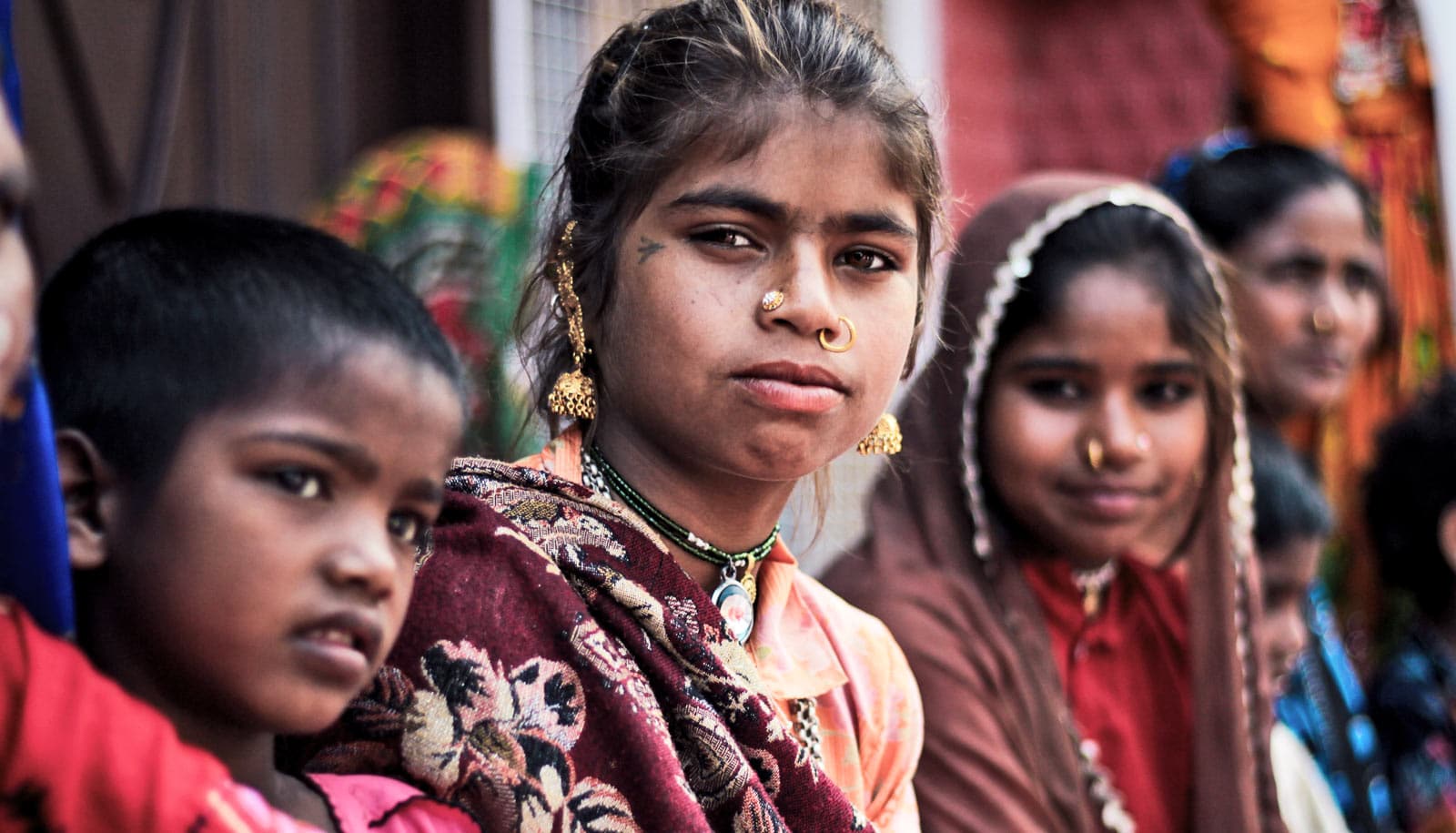Adolescent health around the world has worsened over the last 25 years, report researchers.
Rapid population growth in low-income countries, which face the world’s worst health challenges, has outpaced positive gains from health efforts, according to the findings.
There are now 1.8 billion adolescents in the world, up 20 percent since 1990. But of these, 430 million or 24 percent, now suffer from iron deficiency (anemia), an increase of 74 million.
And in a health crisis that is uniquely serious across all countries, some 324 million young people are overweight or obese, a number that’s doubled in just 25 years.
“If we don’t invest in young people we are setting ourselves up for instability and insecurity.”
Although the first ever comprehensive attempt to measure the health and wellbeing of adolescents makes for sobering reading, it offers a unique roadmap to improving adolescent health.
“For some countries we have made tremendously good progress in adolescent health, but as a global community we simply haven’t kept pace with the need,” says Peter Azzopardi, who led the work that appears in The Lancet.
“For very good reasons, global health programming and policy has focused on child and maternal health to address high child and maternal mortality. But when it comes to adolescents we have just assumed that they’re relatively healthy. As a result we either haven’t collected the data, or when we have, we haven’t systematically reported on it. But the time really is now for focusing on adolescent health.
“Investments in adolescent health can bring a triple dividend–healthier adolescents now, healthier adults, and a healthier next generation,” says Azzopardi, health researcher at the Burnet Institute, the Murdoch Children’s Research Institute, and the University of Melbourne.
12 health indicators
One of the key insights from the data is that global health efforts need better prioritization and targeting.
The report shows that in wealthier countries the emphasis needs to be on addressing adolescent health risks like substance use, binge drinking, and obesity, but in low-income countries a key priority still needs to be improving the social determinants of health like education, access to contraception, and tackling high rates of child marriages and teen pregnancies.
“This is really important to understand because it is the wealthier countries that have largely set the adolescent health agenda and their focus has been on health risks. But the data is telling us that we need to broaden our lens and improve the social determinants of health in these other countries, as well as respond to the disease burden and injury.”
Back in 2016 The Lancet Commission set out 12 indicators of global adolescent health (for 10 to 24 year olds) covering health outcomes, risks, and social determinants. They were:
- Health Outcomes: Communicable diseases, non-communicable diseases, injuries
- Health Risks: Anemia, tobacco smoking, alcohol binge drinking, and overweight and obesity
- Determinants: Child marriage, adolescent pregnancies, access to contraception, secondary school completion, and access to employment, education, or training
This latest report puts the numbers on those indicators.
A key challenge for the researchers was finding data that was comparable across countries and filling in the gaps in information. To deal with this The Lancet researchers used modeled data to harmonize available information and fill in the gaps, creating a consistent global picture for the first time.
Three types of countries
The results allow the researchers to group countries into three groups—each with a distinct adolescent health profile.
- The first group (which typically includes high and middle-income countries like the US, China, and Australia) is countries where the adolescent health burden is predominantly comprised of non-communicable diseases.
- The second group of countries is those where, in addition to non-communicable diseases, adolescents faced high rates of injury, and includes countries like Russia, Brazil, and Kazakhstan.
- Finally there are the countries where in addition to these health issues, adolescents faced high rates of communicable, maternal, and nutritional disease. These countries mainly include sub-Saharan Africa, India, Pakistan, and parts of South East Asia and the Pacific.
“This is a useful way to break up the world because it can better guide the sorts of health programs needed in each country group,” says Azzopardi.
In measuring health outcomes the researchers used disability-adjusted life years—DALYs—per 100,000 people, which are an estimate of healthy life years lost to a condition.
For example, among US adolescents only 500 DALYs per 100,000 are lost to communicable, maternal, and nutritional diseases, but the non-communicable disease burden is about 9,500 per 100,000.
In India, lost DALYs to communicable diseases is much larger at around 5,000 DALYs per 100,000, while the loss from non-communicable diseases remains high at around 8,000 DALYs per 100,000.
India vs. the US
The health risks of both countries are also very different. Rates of anemia among adolescents are much larger in India at 54 percent among females and 37 percent among males, compared with just seven percent and 2.3 percent respectively in the US. But in the US about 44 percent of adolescents are overweight or obese compared to just 10.5 percent in India.
Similarly, in the US the proportion of 15 to 19-year-olds binge drinking at least once in the last 12 months is 33 percent among young men and 13 percent among young women, compared with India where rates of binge drinking are just three percent and one percent respectively.
“By taking a broad look at adolescent health and wellbeing, including the outcomes and the factors driving them, we can guide health intervention in a truly integrated way,” says Azzopardi.
“Our usual way of collecting data from health systems and household level surveys isn’t going to cut it with adolescents,” he adds. “We need make better use of technology and digital platforms, because that’s where young people are.
“And we need to remember that if we want a prosperous and secure world we need to ensure the health of our adolescents because it is healthy adolescents that drive socio-economic development. If we don’t invest in young people we are setting ourselves up for instability and insecurity.”
Source: University of Melbourne



